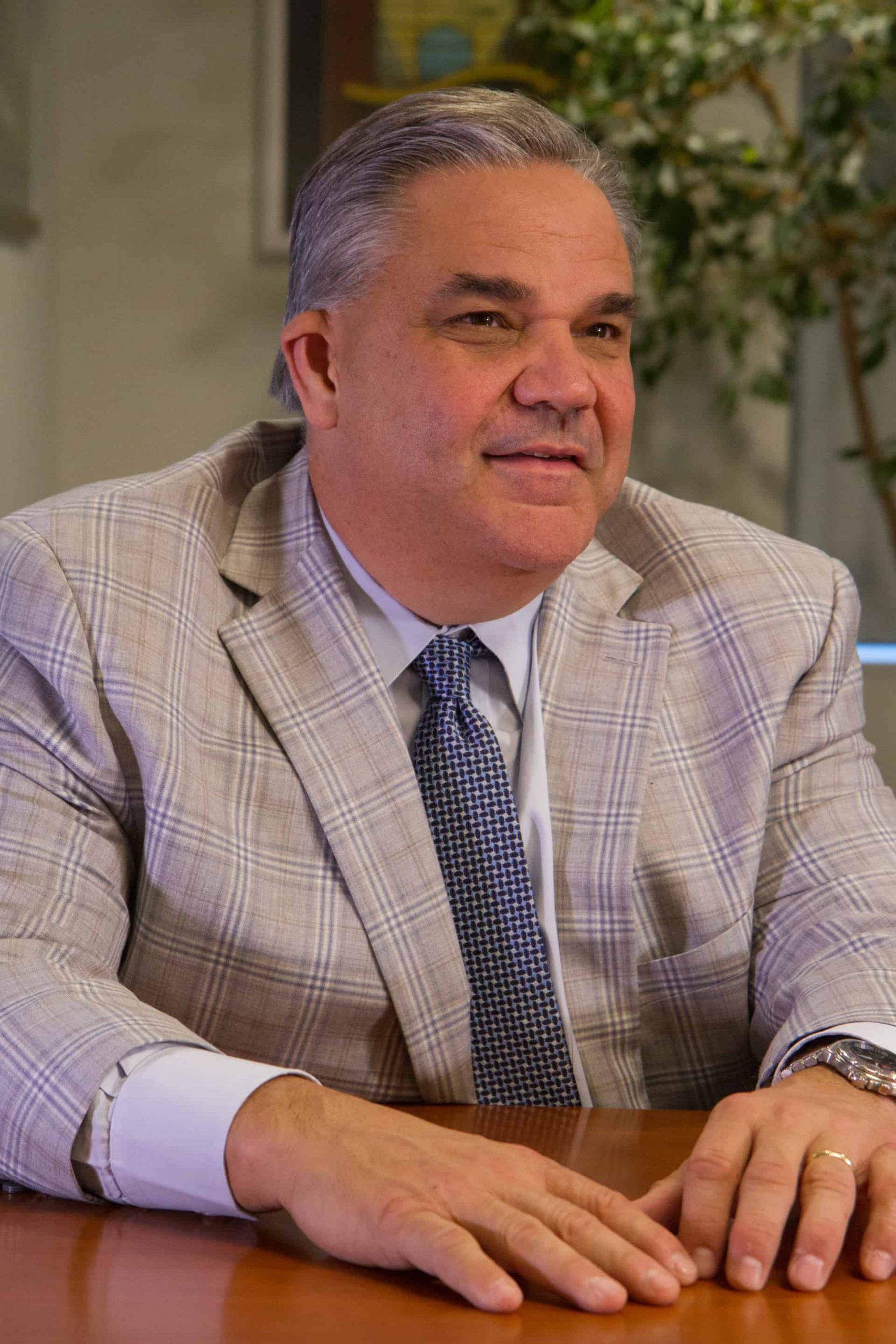by Emily Langner
When it comes to the construction industry, a company’s trustworthiness and reliability are on par with its ability to complete projects quickly and efficiently and the quality of work it delivers to its clients. Building a reputation based on these core values can be a predictor of success, and can be credited for KBE Building Corporation’s recent celebration of 60 years in the business.
KBE is a commercial construction services firm that services clients in the Northeast and Mid-Atlantic through its Connecticut and Maryland offices. The firm is part of the KBE Companies, which includes New Valley Construction, based in Scottsdale, Arizona, and KBENY, located in Manhattan. Together, the KBE Companies have a staff of more than 200 preconstruction and construction professionals, and have a reputation for providing high-quality services in virtually every commercial market. While many companies in its position often decide to “rest on their laurels” with tried and true beliefs and practices, KBE has chosen a different approach.
Mike Kolakowski, president and CEO of KBE, considers the aforementioned companies “dinosaurs” and believes that continuing to rely solely on practices and traditions that have sustained a company makes it far too easy to become complacent. Kolakowski has been with KBE for 34 years, and in 2007, acquired the company along with Eric Brown, senior vice president of operations, and Simon Etzel (now retired).

One of the 2018 leadership teams with their team name poster. (l-r) Meghan Murphy, Ron Rinaldi, Jonathan Coccorese, Jenn Luckert, Will Telesca, and Glenn Swanson
Ten years ago, the company embarked on a journey of focused strategic planning that has continued to pay off to this day. Kolakowski says the biggest reason to have a strategic plan is to keep the company “fresh, focused, and on top of our ever-changing surroundings.” In a world and an industry that is changing every day, he says evolution is a must.
KBE’s journey began by engaging a facilitator who has helped the company effectively execute its strategic plan and who has worked with KBE from the beginning of its journey. Every three years, a new plan is created and implemented, after reviewing the success of the previous plan and incorporating any goals which may have gone astray.
The company holds a planning conference once a year and follows up with quarterly “update” meetings to make sure they continue to stay on track. In addition, managers meet with their teams regularly to discuss what they need to be doing to support their goals.

At the annual leadership challenge, Senior Marketing Coordinator Meghan Murphy and Project Superintendent Jonathan Coccorese deliver their team’s solution to the real-world business challenge assigned to them.
For Kolakowski, strategic planning is critical to survival in the construction industry’s fast-paced, time-driven culture. “In our business, everything is urgent, always urgent. Because of that, it’s easy for people to become distracted and focus on what is pressing at that moment, rather than the big picture.”
He says having a strategic plan “enables us to focus on what’s most important to our future and to have an overall vision. Even though we still get distracted and need to tend to our daily responsibilities, we have processes that allow us to step back and make sure that we continue to keep at the forefront what we all agreed as leaders and as individuals within our company to focus on,” and that has made a big difference.
As part of its current strategic planning, KBE has identified five key areas of focus, which include identifying and carrying out the company’s culture, smart and strategic growth, guiding and facilitating the professional growth and advancement of KBE employees within the company, training existing staff and recruiting new staff members to support the company’s growth, and continuing to incorporate the things they know they do well into their everyday operations.
The company also hosts a week-long “leadership challenge” each year, which is attended by 14 to 16 staff from all levels of the various business entities. Led by the strategic planning facilitator, the intensive program focuses on building culture, teaching “soft” leadership skills based on emotional intelligence, and problem-solving challenges that teach participants to work with differing personalities and learn the power of teamwork in achieving goals.

At the leadership challenge, teams are carefully put together based on individual Strengthfinders personality evaluations with the goal of putting together the most disparate team possible, so staff learn to work with many diverse personalities and learn the value of different points of view.
“One of the key takeaways from the leadership challenge and from the strategic planning meetings is that we have all learned a common language around how to communicate with each other, as communication is the biggest factor in our ability to succeed,” Kolakowski adds.
Kolakowski says some of the greatest results of the company’s commitment to strategic planning is better alignment among all of the KBE companies, successfully developing better leaders within the company, and a more laser-focused approach to everything they do. He says that it has also helped staff realize how important their relationships are and that “the overall decisions that we make on a project are directly tied to our long-term relationships.” In other words, the results of committing to and carrying out a successful strategic plan, including a focus on KBE’s employees and an accountability for their actions, positively impacts the percentage of repeat business the firm receives.
Additionally, the commitment to setting and achieving the company’s goals year after year has given KBE an opportunity to expand its locations and partnerships, growing the company and providing additional services to its clients.

Team brainstorming sessions bring in ideas from all departments in the company, from silly to sublime.
Kolakowski also notes that having a clear vision is another way to show KBE’s employees that the company is invested in their professional journey. He says, “Without a vision, people can wonder what’s going to happen two months from now, two years from now. By creating a vision for the company, it assures our employees that the company has a plan and there is something in it for them, and that the company will be here for years to come.” That confidence in knowing the company has their back inspires its employees to make a greater investment in the KBE family for the long term. “The key focus of our vision is that we are committing to our employees that we are going to provide training, mentoring, and support so that our staff can reach their best potential,“ Kolakowski says.
Kolakowski believes in treating KBE’s clients the same way they treat their employees. By honoring their commitments, being transparent and straightforward, and investing in their clients, a trust is developed that is felt in every project KBE takes on.
He feels strongly that in order to achieve the success that KBE has had, it takes more than just having good intentions. The most important thing is following through. He says, “What has worked for us is constant follow-up, constant focus on what we all agreed to, and we’ve seen some great results over the years. If you believe in something and everyone within your group is focused on it and you develop and execute the plan, I think the sky’s the limit.“
Emily Langner is the associate editor for High-Profile Monthly.











